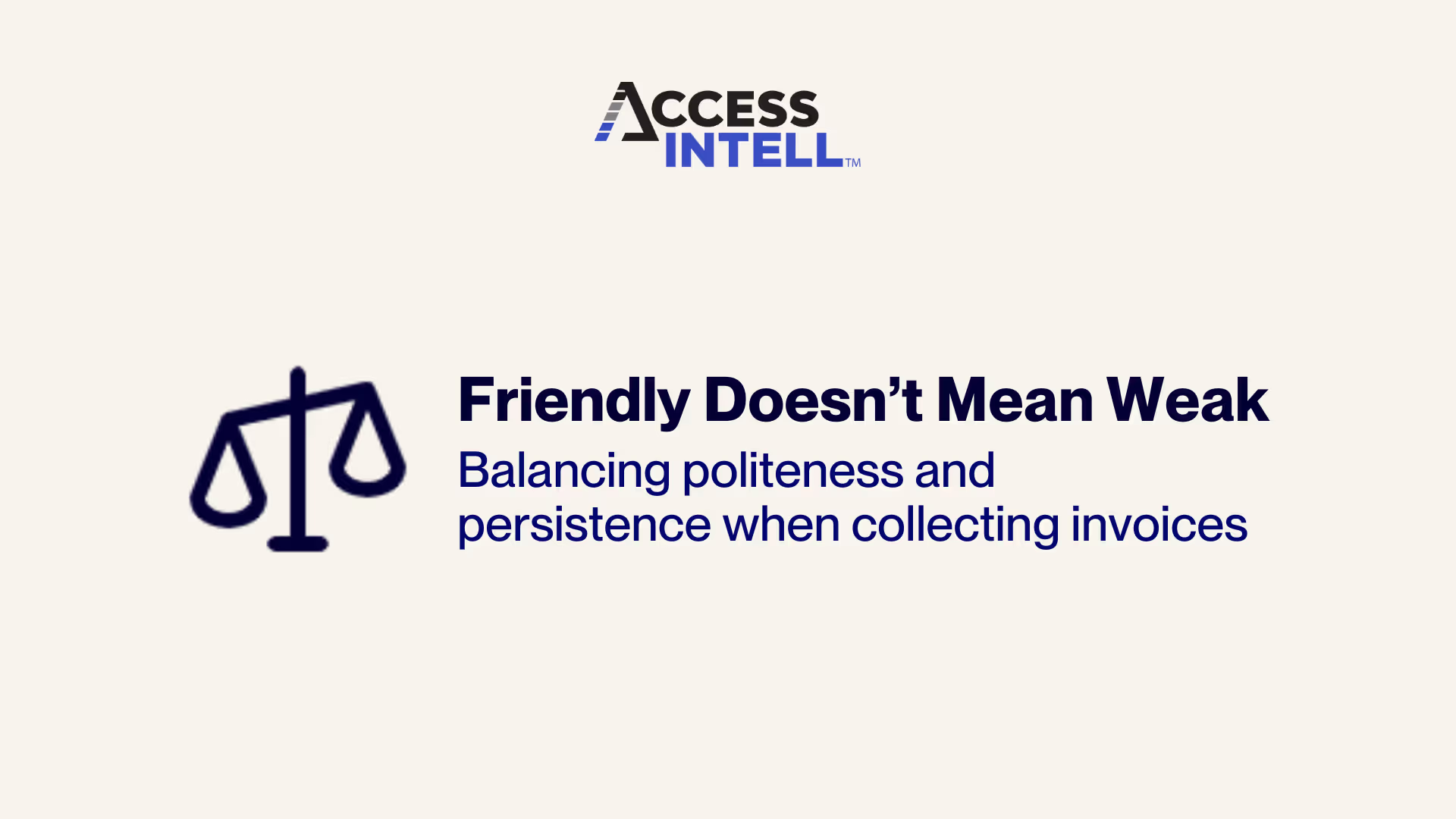Understanding Credit Risk And Customer Insolvency
Credit risk refers to the potential that a customer will default on their financial obligations to a business, such as failing to pay for goods or services provided on credit terms. Customer insolvency, on the other hand, occurs when a customer is unable to meet their debt obligations due to financial distress, which can be caused by various factors, including poor cash flow management, market volatility, and economic downturns.
Effective Credit Risk Management Strategies
Conduct Comprehensive Credit Assessments
To minimise credit risk, businesses should conduct thorough credit assessments of potential customers before extending credit. This involves evaluating a customer’s creditworthiness based on their financial history, credit score, and other relevant factors such as industry, market trends, and company size.
By carefully scrutinising the credit profile of prospective customers, businesses can identify potential risks and make informed decisions about extending credit. Businesses should also periodically reassess the creditworthiness of existing customers to account for any changes in their financial situation.
Establish Clear Credit Policies
A well-defined credit policy can help businesses manage customer risk effectively. This may include setting credit limits, payment terms, and guidelines for dealing with delinquent accounts.
Clear credit policies provide a framework for consistent decision-making and help prevent credit losses resulting from unmanageable debt. To maximise effectiveness, credit policies should be periodically reviewed and updated to reflect changing market conditions and business needs.
Monitor Customer Accounts Regularly
Continual monitoring of customer accounts enables businesses to identify potential issues before they escalate. This may include tracking payment patterns, reviewing credit limits, and evaluating changes in a customer’s financial situation.
Early detection of warning signs can prompt businesses to take proactive measures, such as adjusting credit terms or seeking additional collateral, to mitigate potential losses. Utilising a robust customer relationship management system can help businesses track and monitor customer accounts more effectively.
Implement Credit Risk Management Software
Credit risk management software can provide businesses with valuable tools to automate the credit management process, monitor customer accounts, and assess credit risk efficiently. These tools may include automated credit scoring, customisable risk assessment models, and integration with external data sources such as credit bureaus. By streamlining credit risk management, businesses can free up resources to focus on other strategic initiatives and improve overall operational efficiency.
Diversify The Customer Base
A diverse customer base can help minimise the impact of customer insolvency on a business. By spreading risk across multiple industries and geographies, businesses can reduce their exposure to economic downturns and market fluctuations, ultimately enhancing their financial stability. Diversification can be achieved through various strategies, such as expanding into new markets, targeting different customer segments, and collaborating with strategic partners.
Customer Insolvency Predictors and Protection
Understanding the warning signs of customer insolvency is crucial for businesses to proactively manage credit risk. Common predictors of insolvency include declining revenues, increasing debt levels, and late payments. By closely monitoring these indicators, businesses can take appropriate action to protect themselves from customer insolvency, such as renegotiating payment terms, requiring additional collateral, or seeking alternative financing options. In addition to monitoring insolvency predictors, businesses can also consider purchasing trade credit insurance, which provides financial protection against customer insolvency or default. This type of insurance can help businesses maintain cash flow and minimise losses in the event of a customer’s inability to pay.
Key Takeaways
Effective credit risk management is essential for businesses to protect themselves from the detrimental effects of customer insolvency. By implementing comprehensive credit assessments, clear credit policies, regular monitoring of customer accounts, leveraging credit risk management software, and diversifying the customer base, businesses can minimise credit risk and safeguard their financial stability. Furthermore, understanding customer insolvency predictors and implementing protective measures can help businesses mitigate potential losses and navigate challenging economic environments.
Explore Access Intell products to learn more about how their credit risk management solutions can help your business manage customer risk and protect against customer insolvency. By staying proactive and implementing the strategies outlined in this article, businesses can better secure their financial future and thrive in today’s competitive marketplace.

